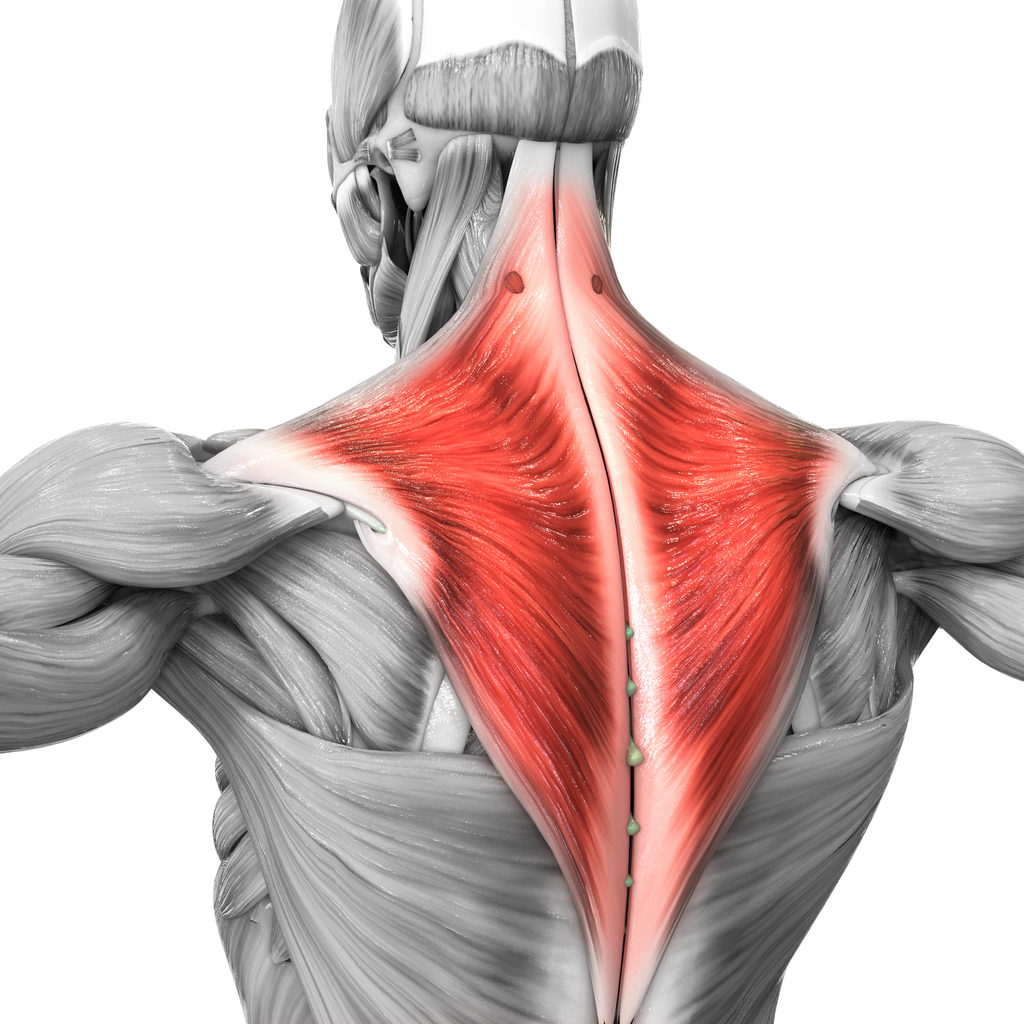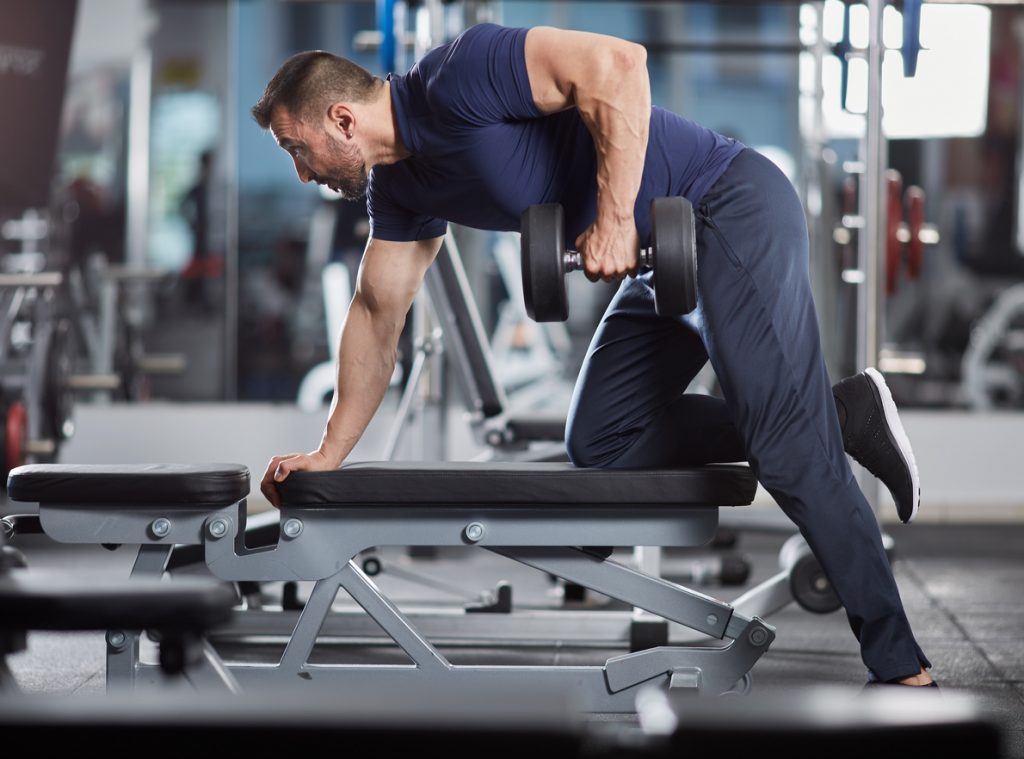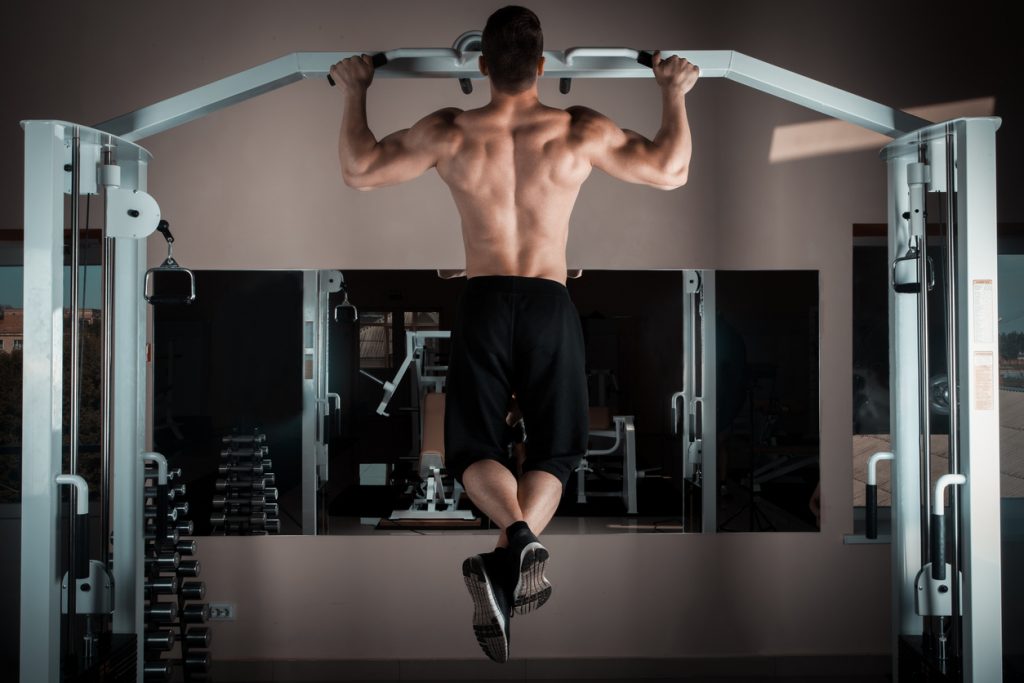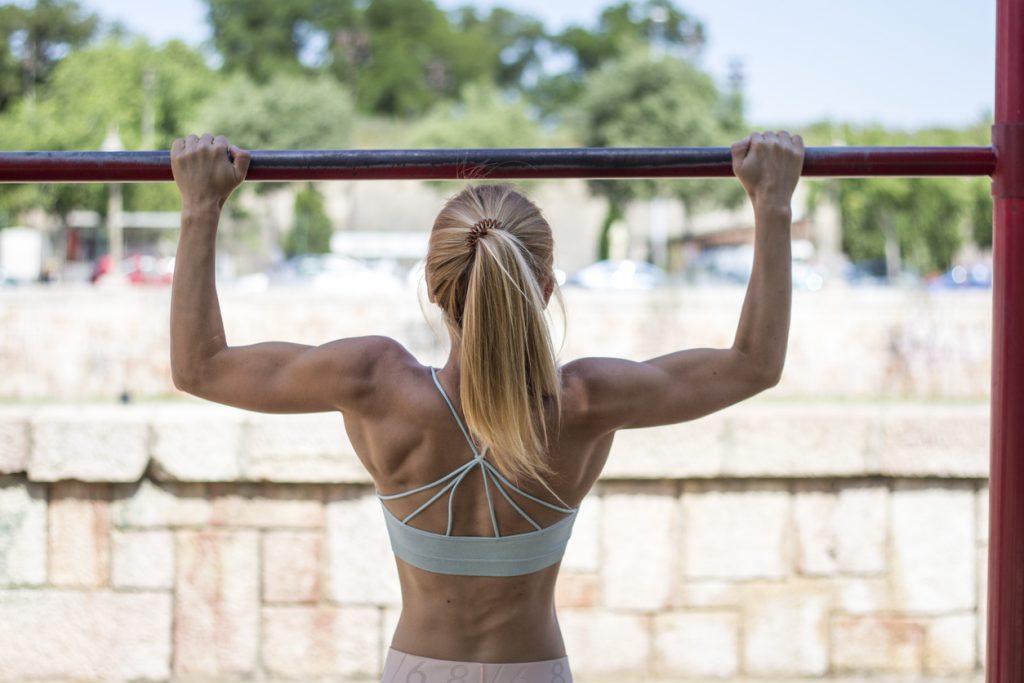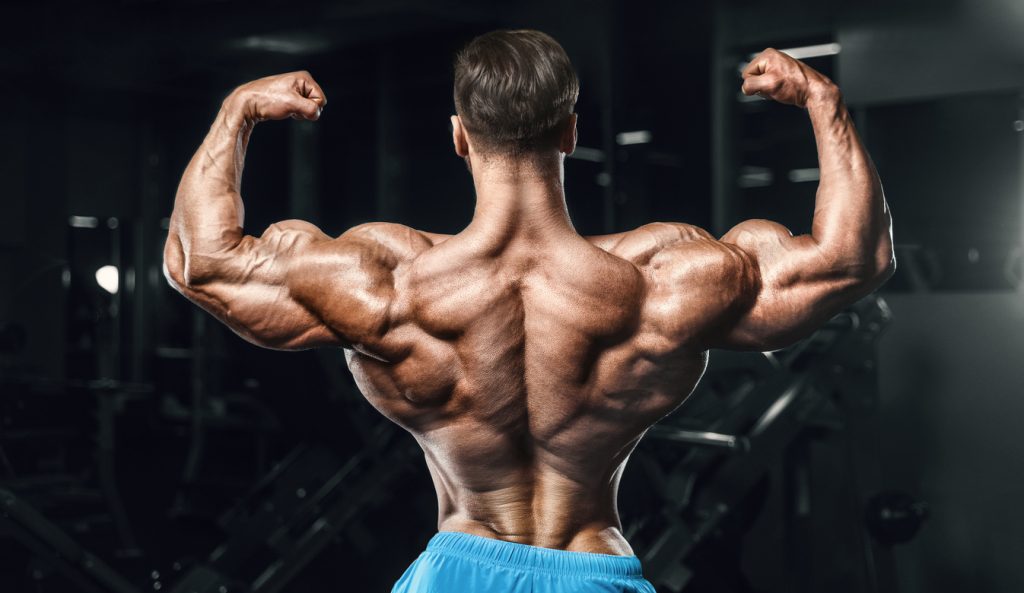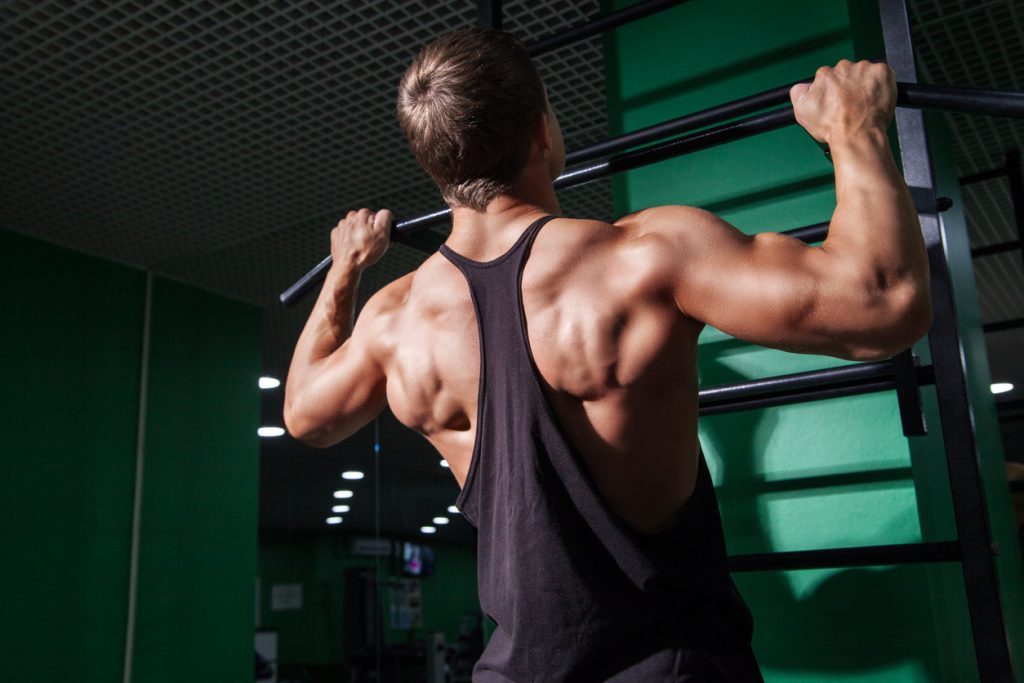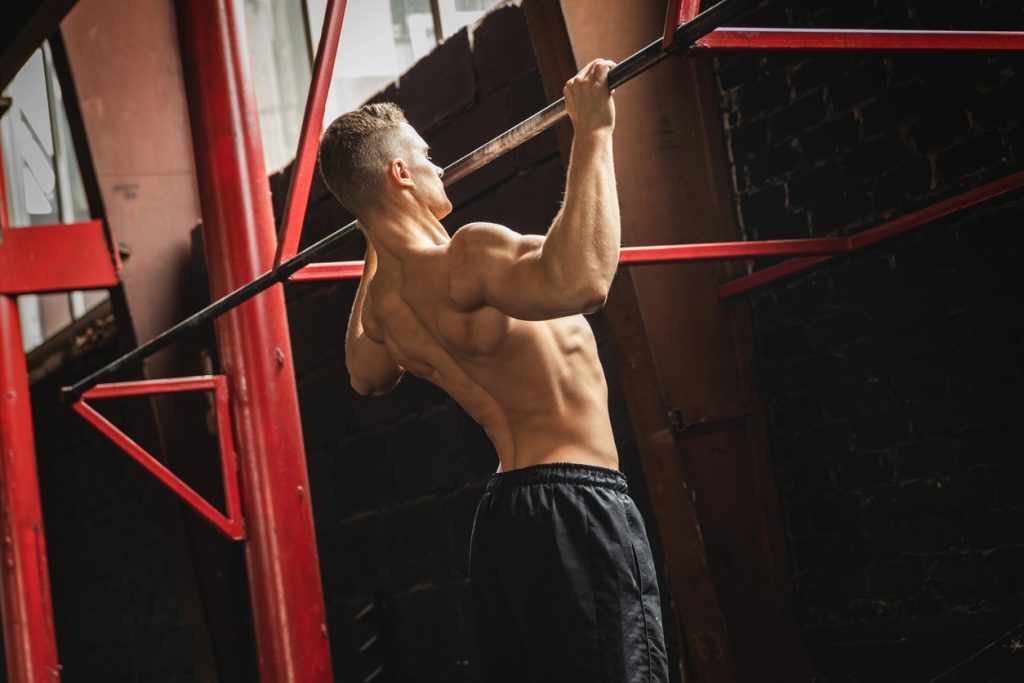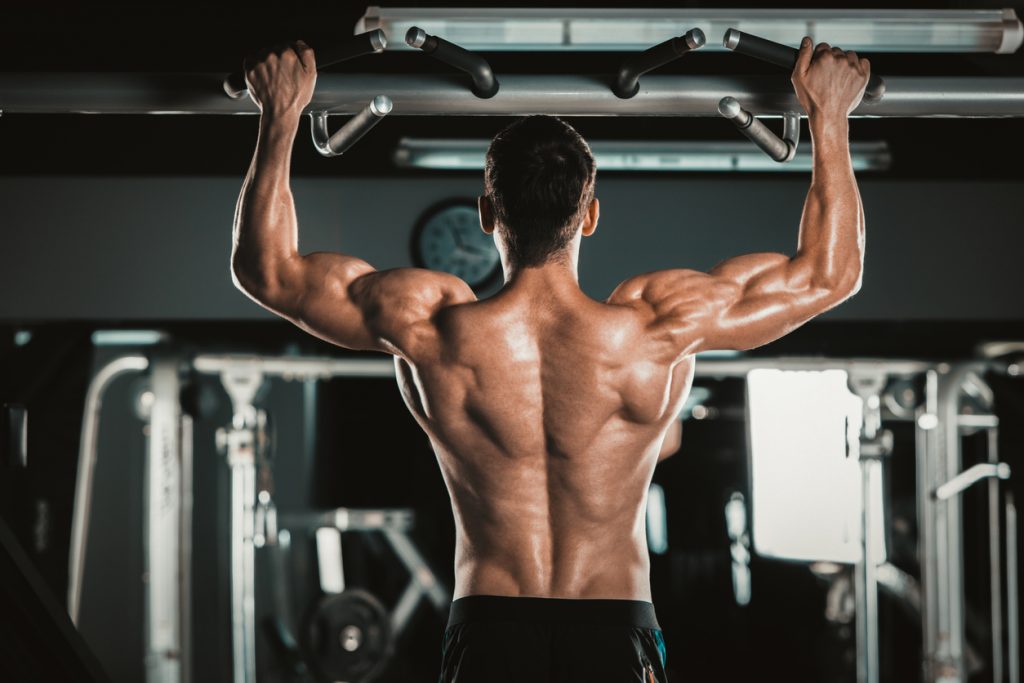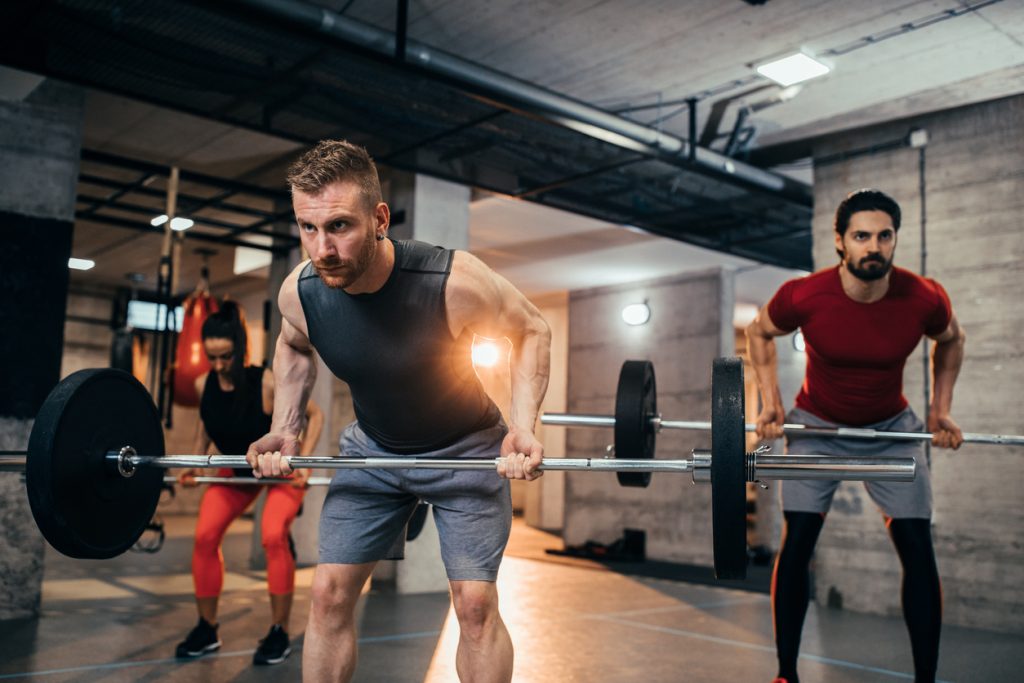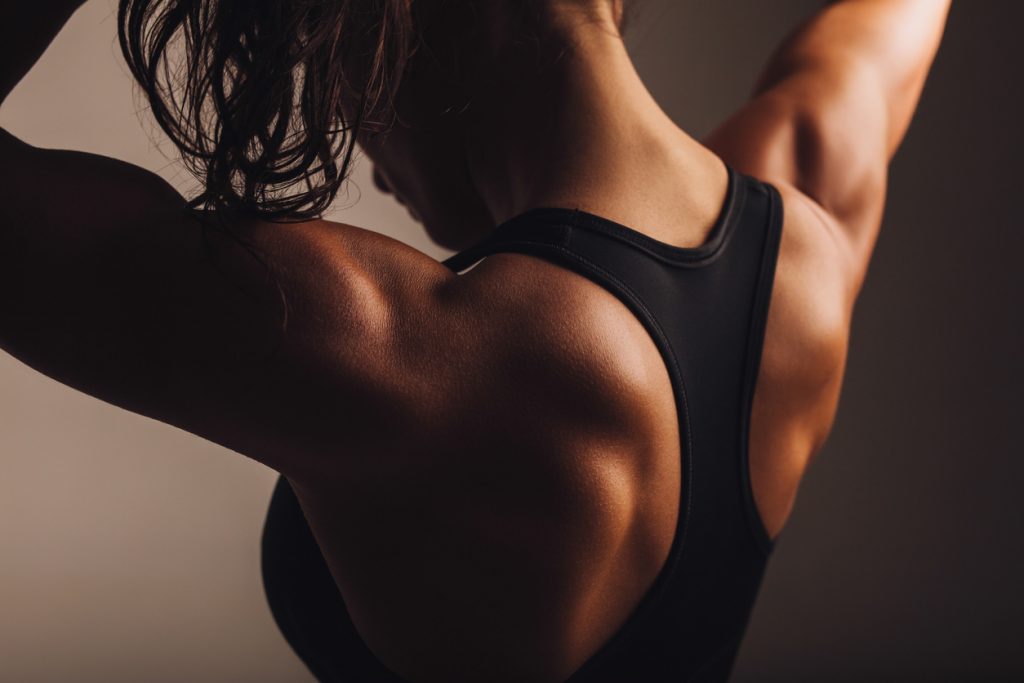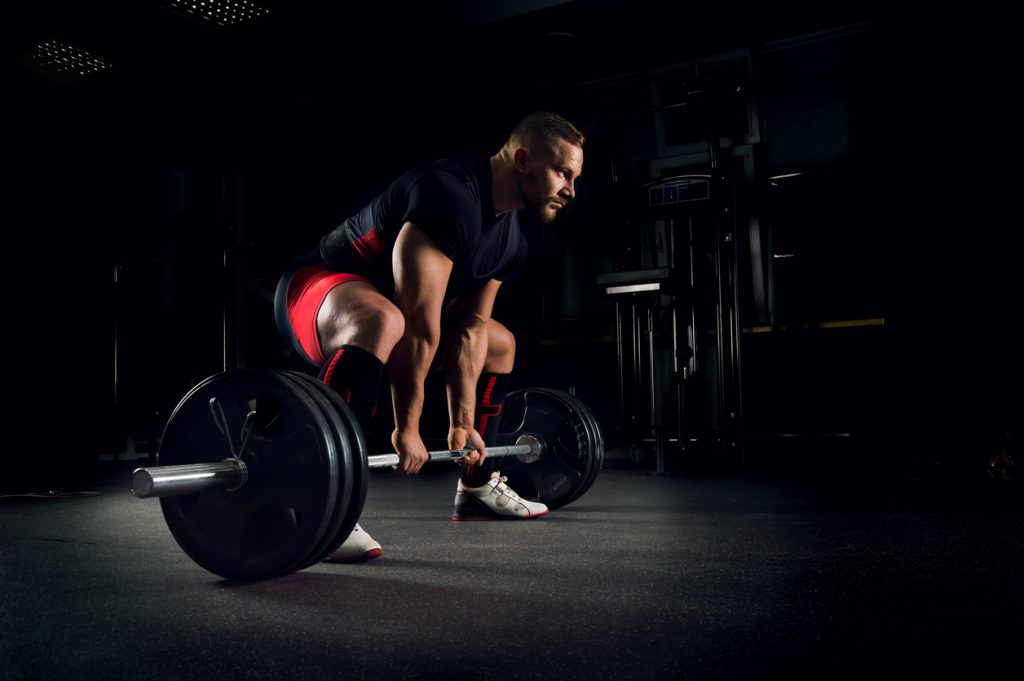The trapezius is a muscle that covers the entire neck with the upper part of the back. It is easily recognized by its broad, triangular shape.
Three chiefs make up the trapezius muscle. These are:
- the upper head,
- the middle head,
- the lower head.
Trapezius anatomy
The trapezius is one of the muscles of the back. In other words, it is essential to facilitate the movement of the shoulders. To avoid stiffness in the neck and cervical region, you must take care of it.
The upper beam
The upper fascicle inserts itself at the level of the inner third of the upper occipital curve line and the sternocleidomastoid muscle. It then runs along the external occipital protuberance and the nuchal ligament, which connect the spinous processes of the cervical vertebrae, and ends in a downward slant. The upper fascicle is also split with the upper surface of the lateral third of the clavicle.
The trapezius muscle is used when you raise your shoulders in a united and bilateral position. The same is true when you turn your head contralaterally to the muscle or when you tilt it homolaterally. It also allows the head to be extended backwards bilaterally.
The middle bundle
The middle fascicle has a transverse shape and is inserted at two points:
- the aponeurotic triangle of the spinous processes,
- the interspinous ligaments of C7 to T4.
Its termination is fixed on the medial edge of the acromion.
The role of the middle bundle is to bring the scapula closer to the spine. It also allows the shoulder to be stretched backwards.
The lower bundle
The inferior fasciculus consists of a spinous process and interspinous ligaments from T4 to T10 with some anatomical variations up to T12. It has an oblique termination at the top and attaches to the upper side of the posterior edge of the scapular spine.
Lower bundle intervention is essential to allow lowering of the shoulder and tilting of the inferior angle medially of the scapula.
Strengthening the trapezius muscle: which exercises to choose?
There is one thing you should know: there are some things we do every day that already strengthen the trapezius. For example, when you raise your shoulders or turn your head.
So these exercises are especially suitable for boxers and rugby players or those who suffer from chronic pain.
Chin rowing
The chin rowing is a tight grip exercise. It not only strengthens the trapezius muscles as a whole, but also the deltoids.
Sitting machine rowing
The sit-up rowing machine strengthens the middle and lower trapezius, lats, round and rhomboid muscles.
The single arm dumbbell rowing
As the name implies, the one-armed dumbbell rowing requires a unilateral practice. This exercise is very complete to strengthen the back muscles.
The chest press
The chest pull allows you to work effectively the large round and large back muscles. It also strengthens the rhomboids as well as the middle and lower fascicles.
The Shrug
The shrug is an isolation exercise that mainly recruits the upper trapezius. Its principle is simple: raise the shoulders and then lower them, arms along the body.
The whole exercise involves the rotator cuff. Be careful not to roll your shoulders. The aim is to maintain an isometric contraction for a few seconds.
The shrug can be done in the gym or at home. You can use a barbell or dumbbells, for example.
How to stretch the trapezius ?
If you want to make your trapezius muscles more flexible, these exercises are for you.
- Stretch your arm horizontally while tucking your chin towards your chest and rounding your back.
- Stretch your arm along your body, palms downwards with the aim of keeping your shoulders as far away from your ears as possible.

